
Dyslexia Reading Support - Personalized Reading Support

Welcome! Let's create a detailed Grade 4 reading lesson on Tudor history. Ready to start?
Empowering Readers with AI
Develop a Grade 4 reading lesson on Tudor history, including a fluency passage.
Create a reading lesson at the Grade 6 level on the topic of coastal erosions
Generate comprehension questions for the passage.
Create an extension acitvity for the vocabulary lesson
What is the studnet's current reading-level? (e.g., Grade 1)
Show how a lesson can follow the explicit instructional framework
How can I provide corrective feedback to improve students' reading skills?
Get Embed Code
Introduction to Dyslexia Reading Support
Dyslexia Reading Support is a specialized GPT designed to enhance reading skills in students with dyslexia across all grade levels and subjects. It employs an explicit instructional framework that includes phonics instruction, vocabulary development, reading fluency, comprehension strategy instruction, and multisensory learning approaches. For instance, in a scenario where a teacher is preparing a lesson on the Industrial Revolution, Dyslexia Reading Support could provide a structured lesson plan that begins with phonics instruction focusing on multisyllabic words relevant to the topic, followed by vocabulary activities with images for each new term, a reading fluency passage about the Industrial Revolution, and reading comprehension questions to assess understanding. Powered by ChatGPT-4o。

Main Functions of Dyslexia Reading Support
Phonics Instruction
Example
Teaching the 'im' prefix in words like 'impossible' and 'impatient'.
Scenario
A teacher uses this function to help students understand how prefixes alter the meaning of root words, enhancing their decoding and spelling skills.
Vocabulary Development
Example
Introducing the word 'industrialisation' with definitions, example sentences, and images.
Scenario
In a social studies lesson, students learn key terms related to the Industrial Revolution, making the historical content more accessible and engaging.
Reading Fluency
Example
Providing a passage about the effects of industrialisation for students to practice reading aloud.
Scenario
Students work in pairs, taking turns reading the passage to each other to improve their speed, accuracy, and expression.
Reading Comprehension Strategy Instruction
Example
Teaching students how to identify the main idea and details in a text about ecosystems.
Scenario
After reading a science passage, students use graphic organizers provided by the Dyslexia Reading Support to summarize the main idea and supporting details, improving their comprehension skills.
Multisensory Learning Approaches
Example
Incorporating physical activities, like building models, to reinforce vocabulary and concepts.
Scenario
While studying geometric shapes, students build models with clay or other materials, linking hands-on activities with mathematical vocabulary and concepts.
Ideal Users of Dyslexia Reading Support
Educators
Teachers, reading specialists, and special education professionals who aim to provide targeted, evidence-based reading interventions tailored for students with dyslexia or reading difficulties. They benefit from the structured lesson plans and resources designed to support diverse learning needs.
Students with Dyslexia
Students across grade levels who struggle with dyslexia or related reading challenges. These students benefit from the multisensory, structured, and sequential learning opportunities that cater specifically to their unique learning profiles.
Parents and Caregivers
Parents and caregivers seeking effective strategies and resources to support their children's reading development at home. They benefit from the Dyslexia Reading Support's accessible tools and guidance for reinforcing reading skills outside the classroom.

How to Use Dyslexia Reading Support
Start Your Journey
Visit yeschat.ai to explore Dyslexia Reading Support with a free trial, no login or ChatGPT Plus subscription required.
Identify Needs
Determine the specific reading areas you need assistance with, such as phonics, comprehension, or fluency.
Select Resources
Choose from the variety of resources tailored for dyslexia support, including interactive reading lessons, vocabulary exercises, and fluency practice.
Engage Regularly
Use the tool consistently for practice and reinforcement. Regular interaction enhances reading skills effectively.
Track Progress
Utilize built-in progress monitoring features to track improvements in reading skills over time for targeted support and motivation.
Try other advanced and practical GPTs
Dyslexia Decoder
Empowering Readers with AI
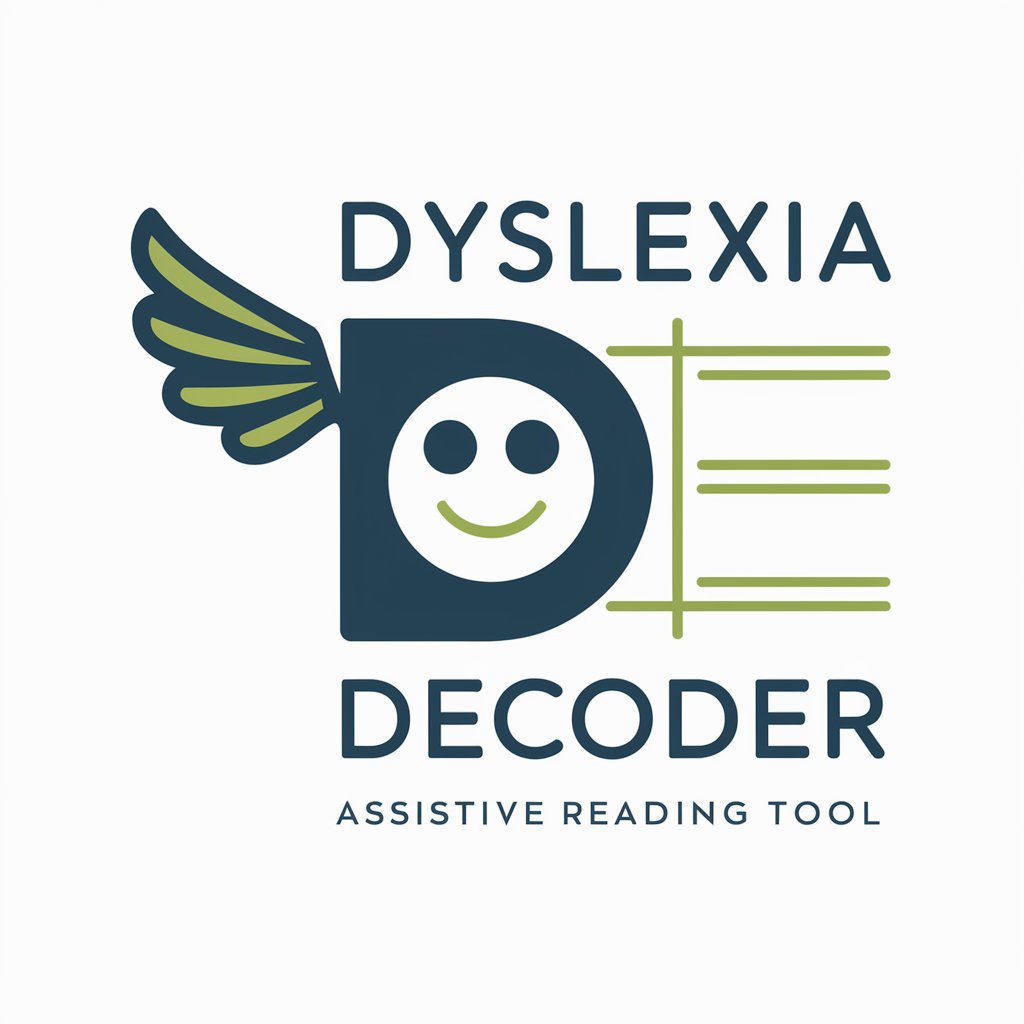
Ich habe Dyslexia, stimmt meine Grammatik?
Perfect Your German with AI
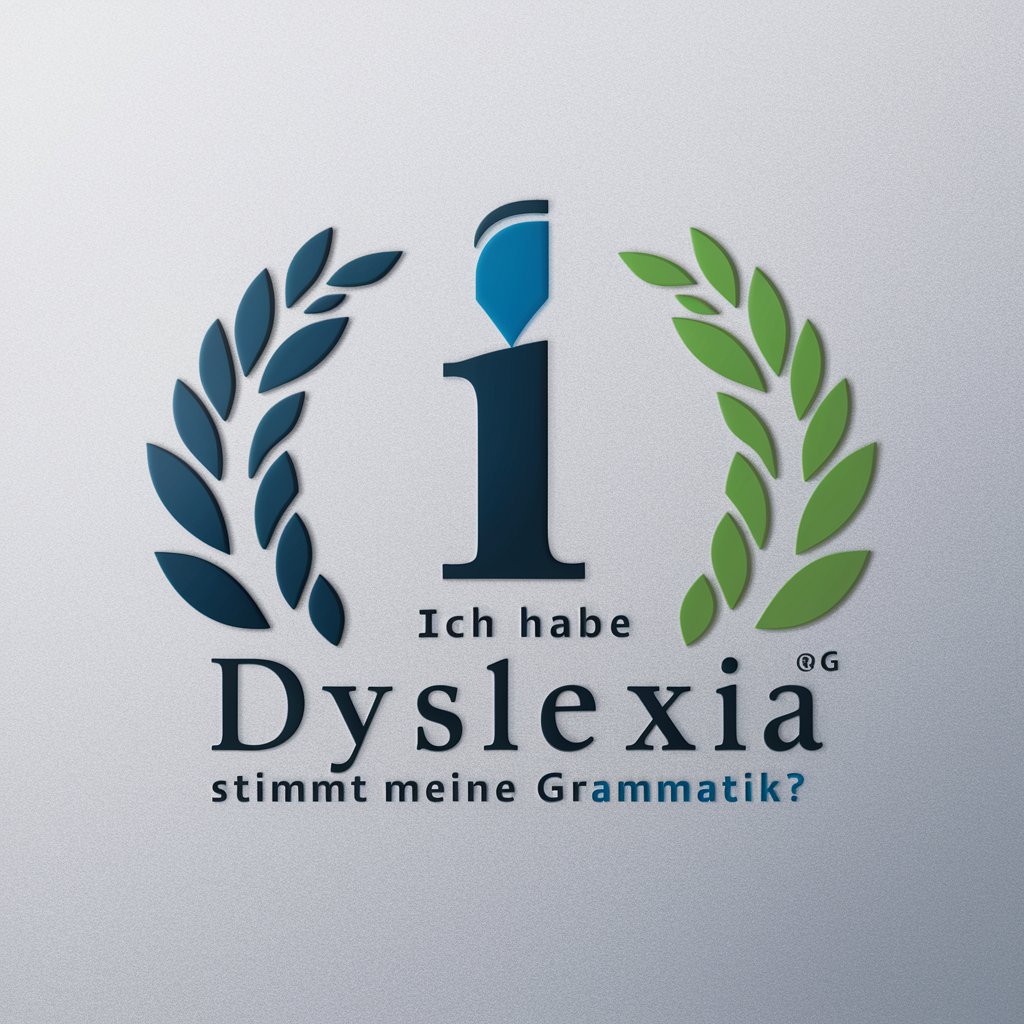
Dyslexic GPT 2.0 BETA
Enhancing readability with AI-powered assistance.

Dyslexic Buddy
Experience Dyslexia Through AI
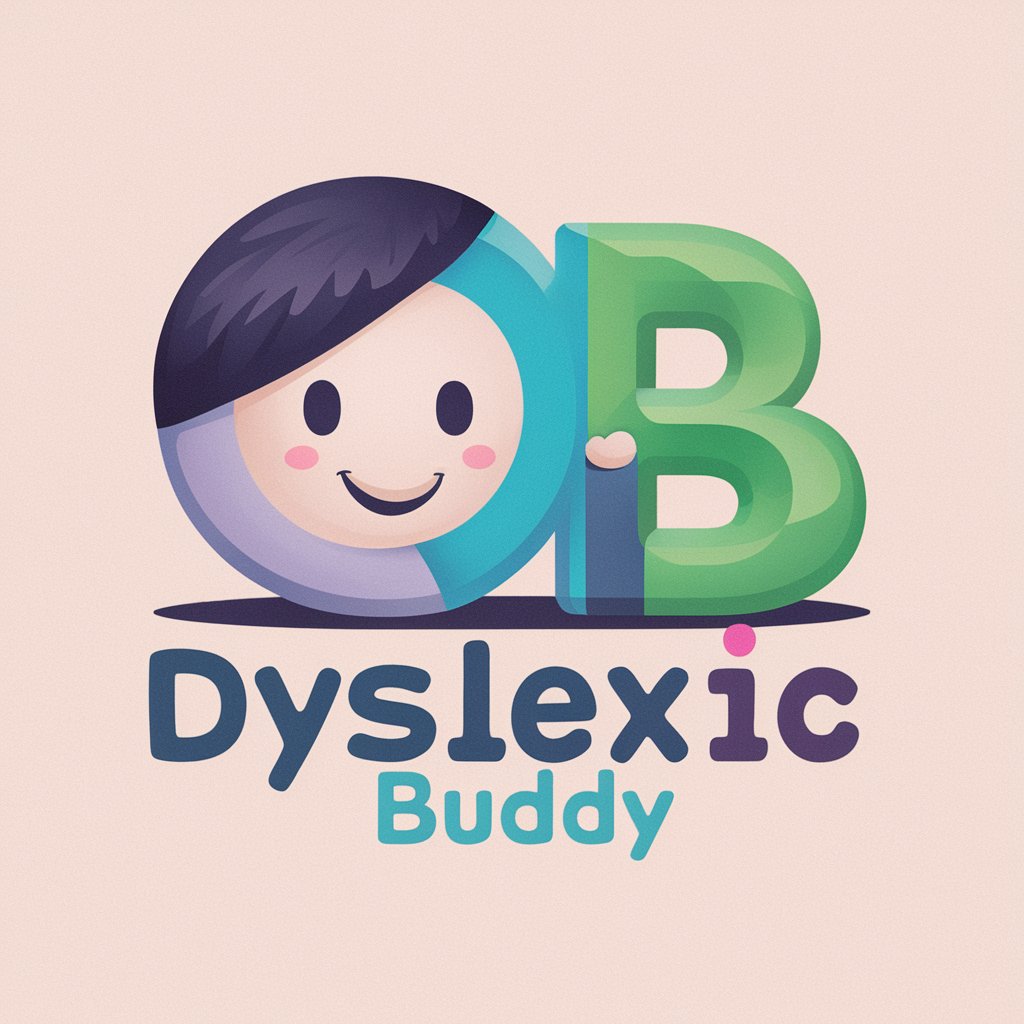
Content Filter Flagger 🚩🏳️🏴☠️
AI to Safeguard Digital Content

Ritter Dietrich
Explore History, Discover Events
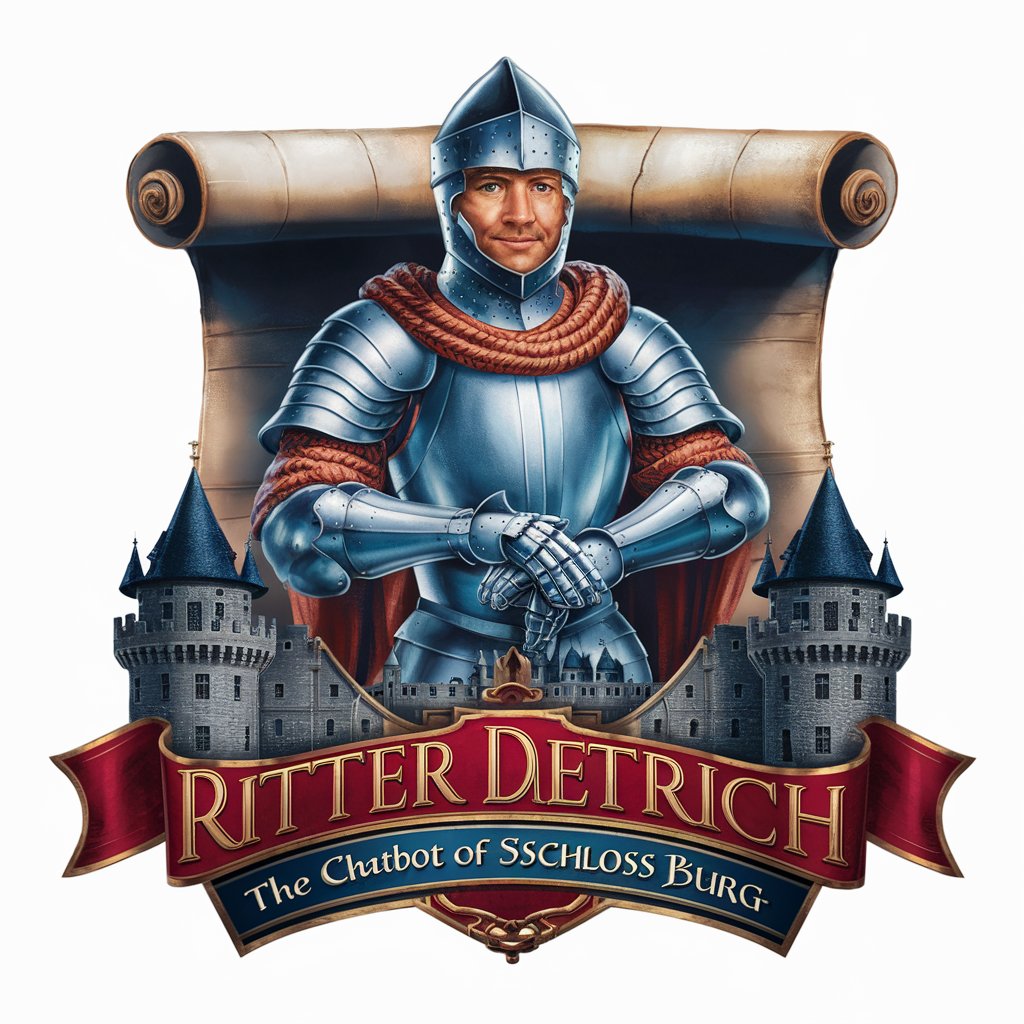
Dyslexia and Working Memory Formatting Assistant
Empowering comprehension, enhancing retention.
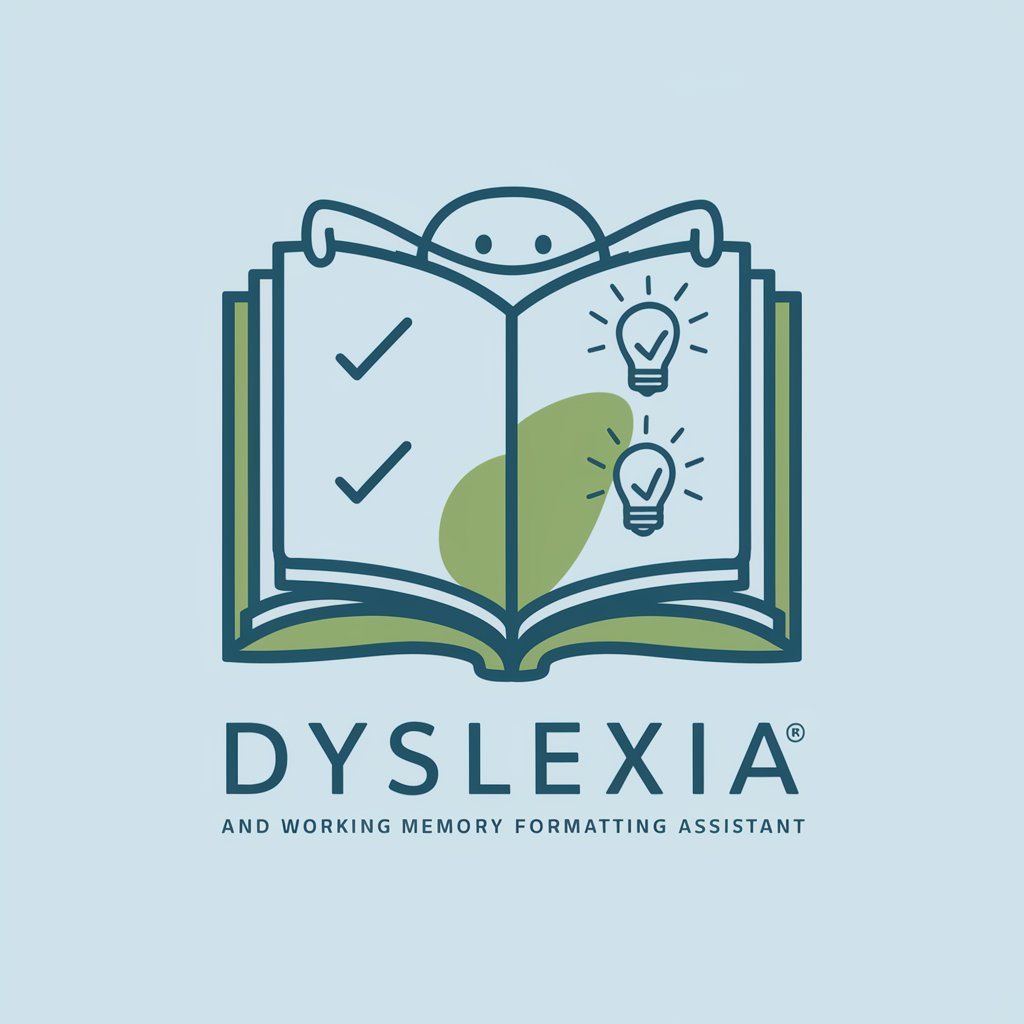
Analog filters design Tutor
Simplifying Analog Filter Design with AI

Which Adele Song Am I?
Discover Your Adele Song

Bernice's Heartfelt Balladeer
Craft Love Stories with AI
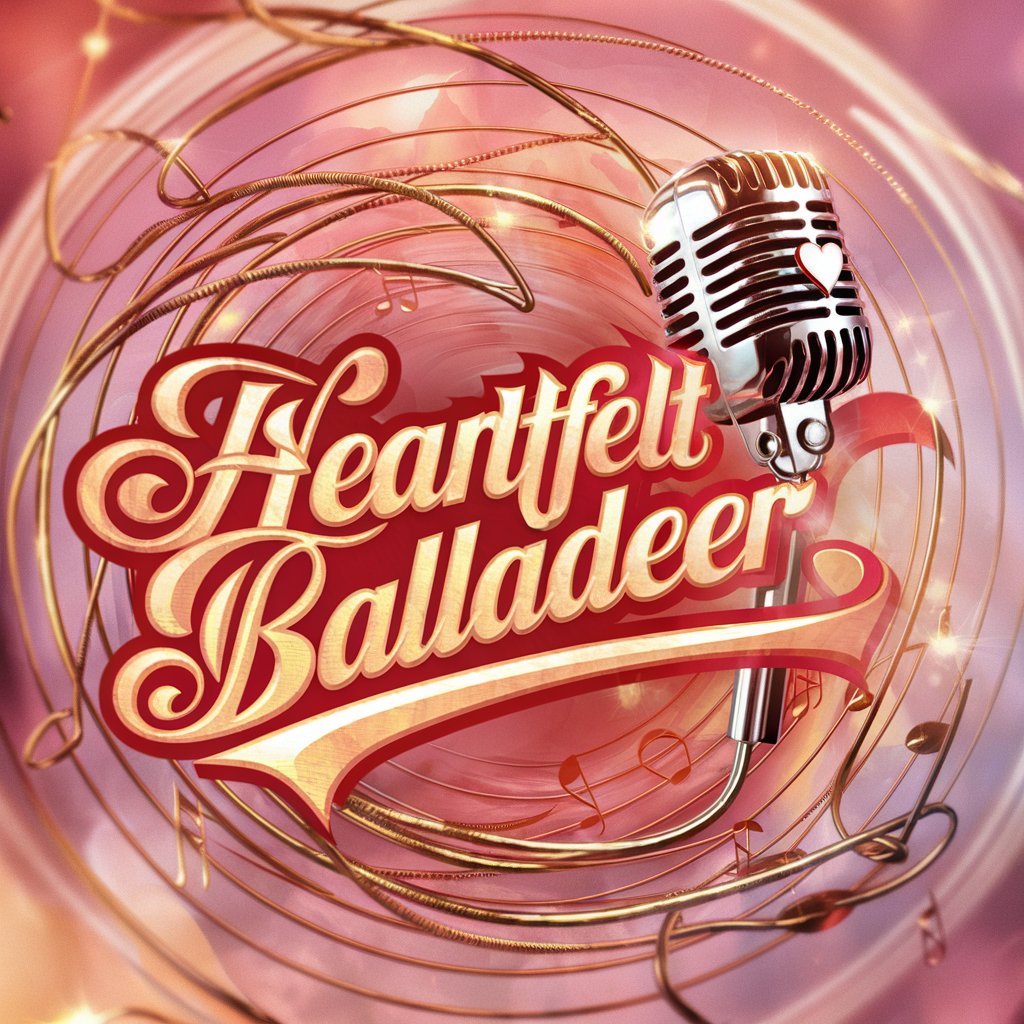
lolGPT
Chat Smarter, Laugh Harder

Heroic Poetry Bard
Reviving Norse myths with AI-powered verse.
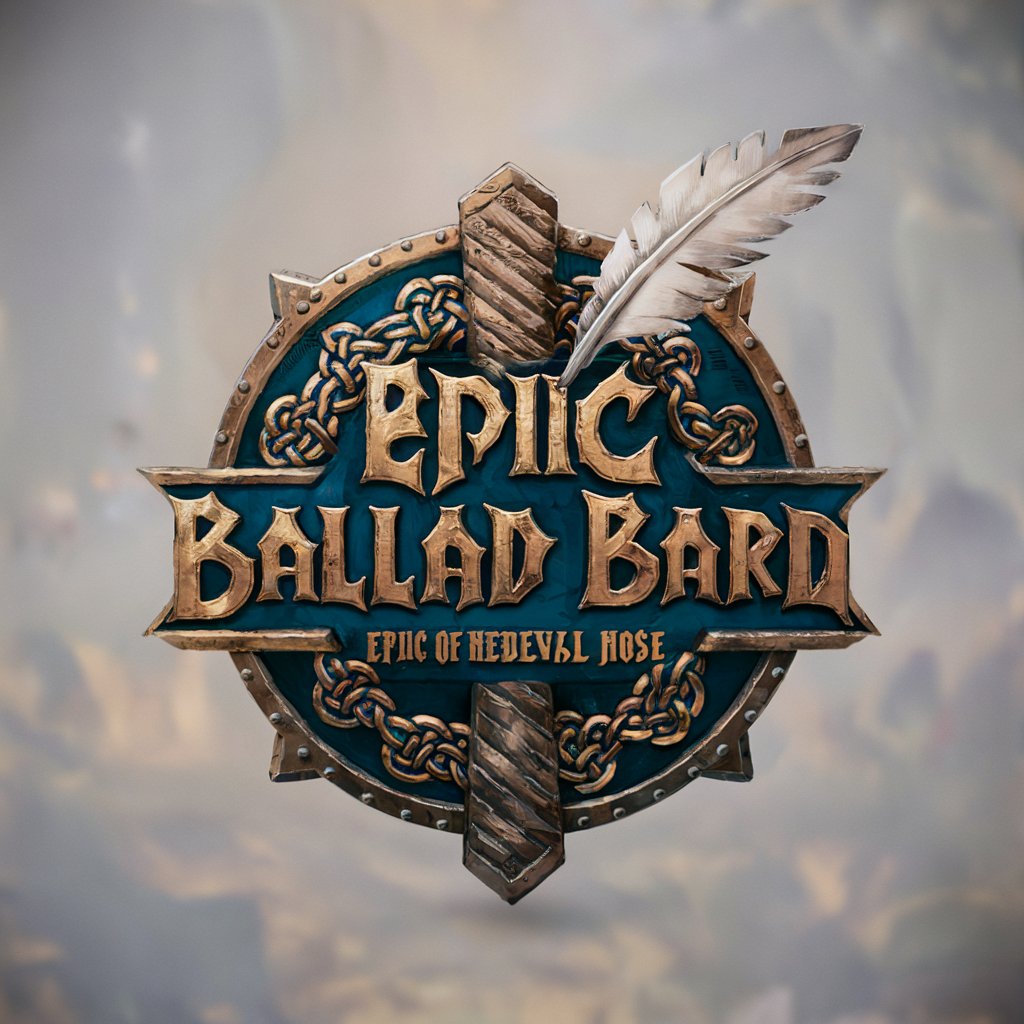
FAQs About Dyslexia Reading Support
What is Dyslexia Reading Support?
Dyslexia Reading Support is an AI-powered tool designed to assist individuals with dyslexia in improving their reading skills through structured lessons, interactive exercises, and progress tracking.
Can Dyslexia Reading Support help with reading fluency?
Yes, it offers fluency passages and exercises aimed at improving speed, accuracy, and expression in reading, tailored to the learner's current skill level.
Is this tool suitable for all ages?
Absolutely, Dyslexia Reading Support provides age-appropriate resources for a wide range of users, from children to adults, adjusting complexity accordingly.
How does the tool personalize learning?
It assesses each user's reading abilities to offer customized lessons and activities that focus on areas needing improvement, ensuring a personalized learning experience.
Are there any community or support groups?
While the primary function is educational support, it encourages a community approach by offering tips for parents and teachers, fostering a supportive environment for users.
